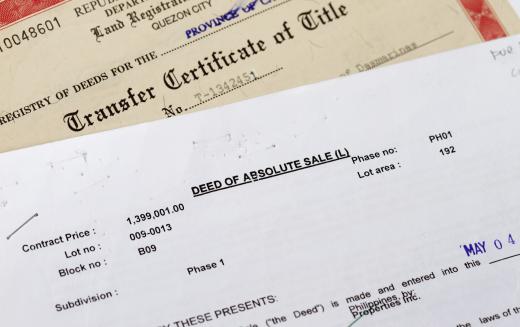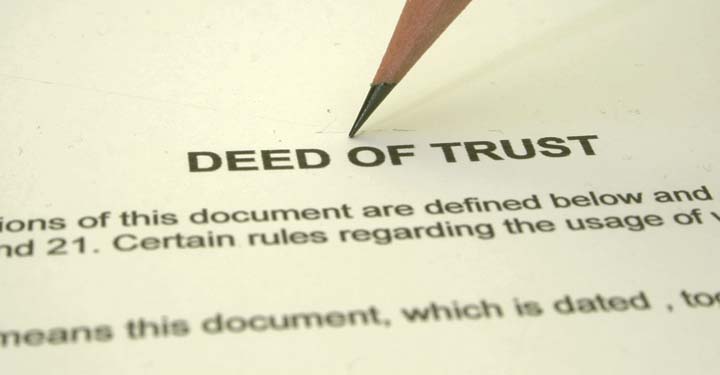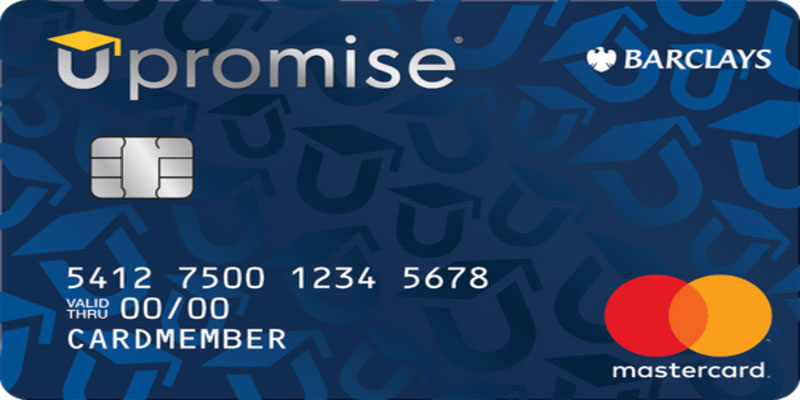You, the purchaser, and your mortgage lender will enter into a contract known as a deed of trust. It stipulates that you will return the debt and that until you do so, a third party will have legal title to the property. The term "trustee" refers to this independent third party. A deed of trust will secure your loan if you get one. It may be found written down in the official records. Borrowers who wish to take out a house loan need to sign the deed of trust if the property permits it, just as they would if the state where the property is located requires them to sign a mortgage.
How Does the Function of a Deed of Trust Come About?
- The one who is indebted to the trust is also known as the borrower
- The trustee, who owns the property in its "bare or legal" form
- The one who will benefit, who will also be the creditor
The trustee does not represent either the borrower or the lender in any transaction between the parties. In most cases, the trustee is an organization, such as a title firm, with "power of sale" rights if you do not pay back the loan as agreed. The trustee will re-convey the property to the buyer once the amount due on the deed has been paid.
A deed of trust often contains the majority of the same details as a mortgage, including the following:
- The sum that was borrowed initially
- A property description in legal terms is used as collateral for the mortgage
- The identities of the people involved are as follows: trustee, grantor, and beneficiary
- Dates of the loan's origination and expiration are given here
- The stipulations and prerequisites that come with the mortgage
- Late fees
- In the case of a default, legal action will be taken (a "power of sale" clause)
- Clauses of acceleration and alienation, which specify when a homeowner is in default and when they are allowed to sell their house, are also common
- Add-ons such as prepayment penalties or the conditions of an adjustable-rate mortgage are examples of riders
Comparing a Deed of Trust to a Mortgage
When you get a mortgage or a deed of trust to secure financing for the purchase of a property, you must sign one of these documents. There are some significant differences between these names, even though they are often interchanged.

Foreclosure
If default occurs, the trustee has the authority to sell the property without going through the regular legal channels. This kind of foreclosure is known as "nonjudicial foreclosure." This is one of the most significant distinctions that can be made between a mortgage and a deed of trust. When there is a mortgage on the property, the bank must go through the legal system to begin the foreclosure process.
After a certain length of time has passed after the notice of default, the trustee will be able to finish the foreclosure process. There is a grace period or redemption period in several states. Following the completion of a nonjudicial foreclosure, the borrower in this scenario has the opportunity to repurchase the property. Some jurisdictions allow borrowers to participate in mediation before the beginning of the foreclosure process.
State Laws
Several governments do not recognize trust deeds. Mortgages and deeds of trust are legal in certain states but not others. Others make room for both of them. Talk to an expert specializing in real estate about your area's many legal alternatives and regulations.
The Difference Between a Deed of Trust and a Promissory Note

The terms of the debt secured by the property are memorialized as a deed of trust. Even though a deed of trust and a promissory note are independent documents, they are often used in conjunction. A promise to pay signed by the borrower in favor of the lender is referred to as a promissory note. It outlines the conditions of the loan, including the interest rate and the requirements regarding payments. In the law context, a promissory note might take the form of a mortgage or a deed of trust.
When the debt is completely paid off, the promissory note is updated to reflect that it is "paid in full." Along with its return, the borrower receives a reconveyance deed that has been registered. Throughout the loan, the lender will have possession of the promissory note. Until the loan is paid in full, the only copy the borrower has access to is the copy.




